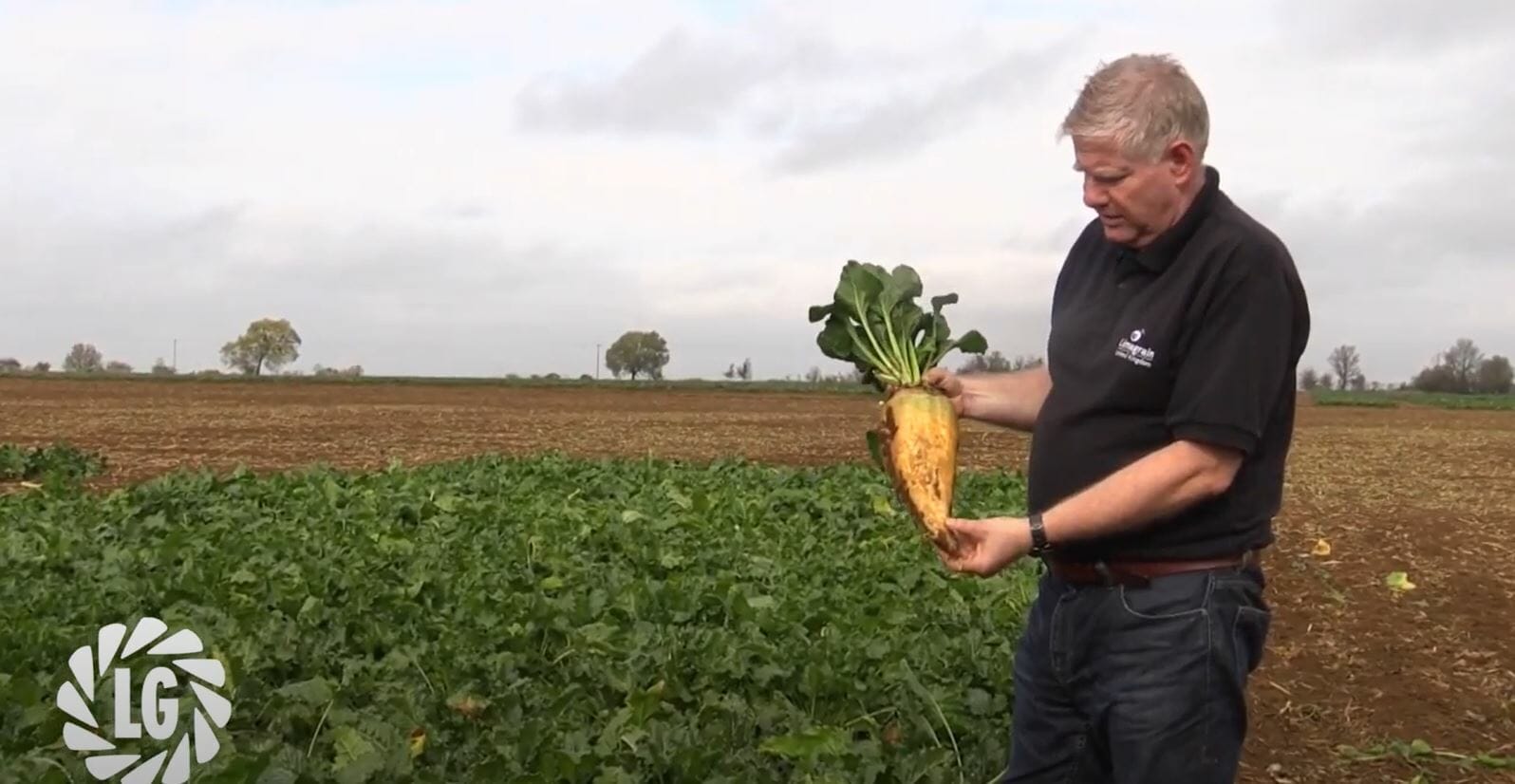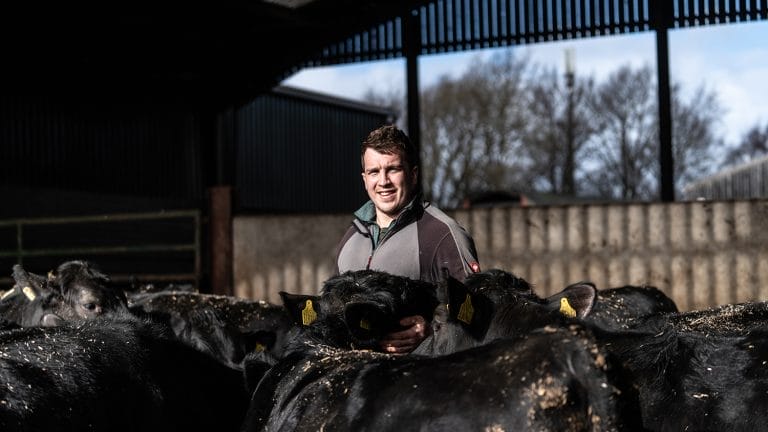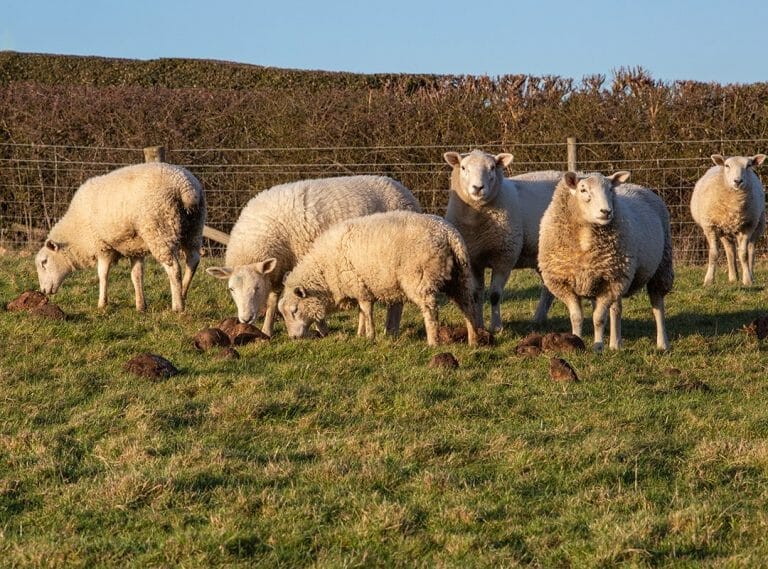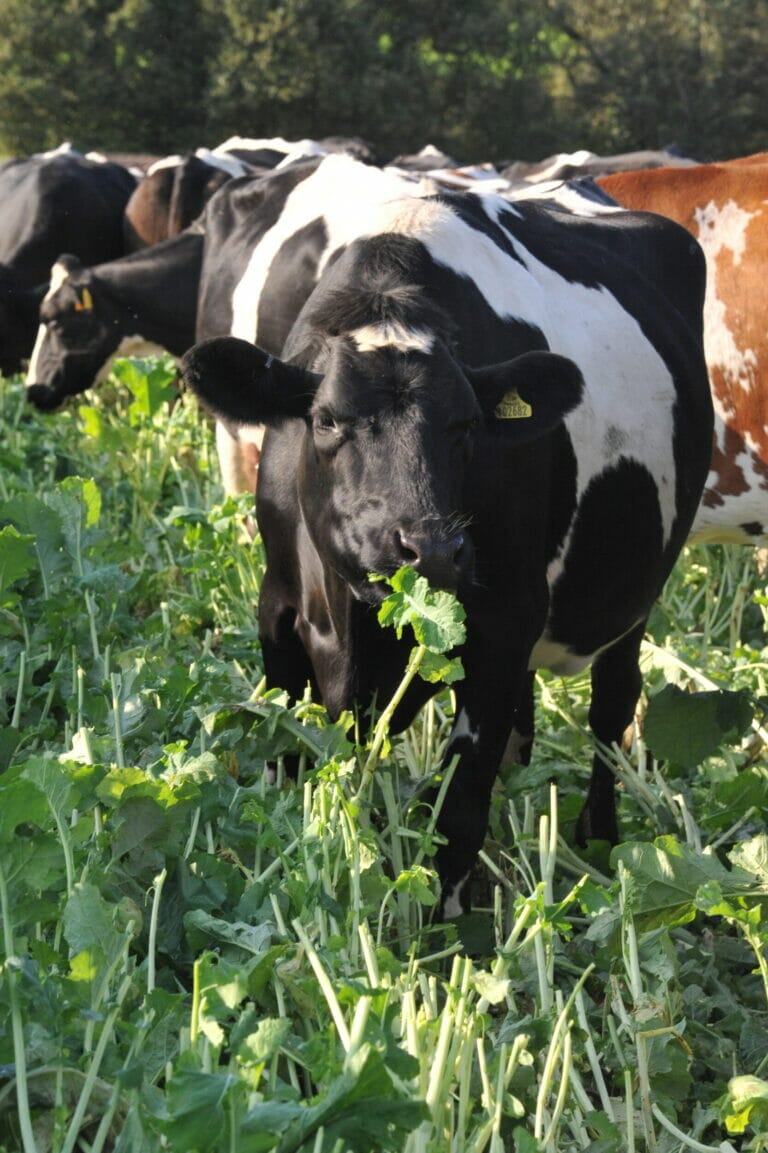Fodder beet has been ‘around’ as monogerm seed since the mid-70s, but it’s far from ‘old-hat’ when it comes to its yield potential, reliability, and exceptional feed value in dairy diets. So says one Cornish dairy farmer, who relies on the feed value it delivers in his milking cow rations.
When Alan Richard’s contractor gave up harvesting fodder beet, he considered buying his own machine or switching to another crop. “I didn’t want to lay out the money for a harvester, but I also didn’t want to stop growing the crop. So I was relieved when another contractor spotted the gap in the market and offered his services.”
Alan, who runs a 160-cow Friesian herd, plus a beef enterprise, at Cury, on the Lizard Peninsula, has continued to grow between seven and eight hectares of fodder beet grown each year.

Dairy Farmer and Milk Producer, Alan Richards
He works closely with agronomist Dominic Edmond, from Matford Arable Systems, on the cropping programme. Most of Alan’s 202 hectares, across two farms that are approximately two thirds owned and one third rented, are used to produce feed crops for his dairy and beef enterprises.
Just seven miles from the sea at the most southerly point of England, Alan is fortunate to have good growing conditions for his crops. “Having said that, we’ve had some long dry spells of hot weather in summer and some colder springs in the past few years. But the fodder beet seems to take whatever’s thrown at it. Yields are consistent.”
And it’s this that he particularly likes about the crop. “I can rely on my fodder beet when it comes to winter rations.”
That said, there’s no short cuts taken in choice of variety and in growing the crop.
Limagrain UK’s Robbos is the variety he and Dominic favour for its consistent dry matter, high energy and clean roots.
Prior to drilling the soil is analysed and in conjunction with RB209 fertiliser guidelines, the nutrition planning is tailored accordingly.
Significant levels of FYM and slurry are applied and balanced out with 125kg/ha of DAP at drilling and some nitrogen, depending on levels of FYM and slurry applied. Potash at a rate of 185kg/ha
 Primed seed is now available and may be used in future to promote germination, but this is only an insurance for Alan.
Primed seed is now available and may be used in future to promote germination, but this is only an insurance for Alan.
Drilled in late April or early May, at a seed rate of 100,000 seeds/ha, he finds the crop usually gets off to a good start every year. “Germination is great,” says Alan. “We never have any gaps and we get long straight lines of plants. That’s maybe why the roots are so clean when we lift them? It must help.”
A pre-emergence herbicide is used, with post-emergence products used depending on the field history. Flea beetle control in certain warm dry springs has been necessary and in some cases a mid season fertiliser is applied.
Trace elements in the form of magnesium and boron are always applied.
As Dominic says: “Sometimes we are in and out the crop frequently, but when its lifted we reap the benefits. The cheapest way to grow a crop is to get good yields. This lowers the cost per tonne of production and provides a high value feed for the cows.”
Fodder beet is lifted from October to March ‘on demand’ and added to the TMR for the all-year-round calving herd, which is housed during winter and overnight in summer. “We’ve land that’s a bit spread around and this dictates our system,” adds Alan. “We have to manage it carefully and keep our grazing land close to the farm and grown forages further away.”
As fodder beet stocks in the yard get low through winter, Alan gets his contractor to replenish stocks. “The contractor can lift about 60 tonnes in an afternoon, so I just telephone when we’re running short and they’ll come over for half a day.”
Alan selects his driest fields for growing beet, and where there’s easy access to the road to ease the lifting work. ”I don’t want to have to drive across a field to get to the beet,” he adds. “And we’ll make sure the fields are drilled the right way to make harvesting in wet conditions easier.”
If there’s any beet left by mid March – which is usually a couple of hectares – he’ll get the contractor to harvest it in one go, leaving the land ready to cultivate for spring cropping.
He finds that yields are consistently 75 tonnes per hectare. “It doesn’t matter what the season brings, I can rely on a good fodder beet crop every year.”
And it fits well with the farm’s cropping. “I’m not one for leaving land fallow, particularly if I’m paying rent,” he adds. “We sow the fodder beet after a cut of silage in mid-April, then follow it with spring barley or maize and then a winter cereal crop. We can get three crops in two years, which works out to be very efficient, and also helps to control pests and diseases.”
Ration mix
Fodder beet is added to the cows’ ration from October at a rate of between 10kg and 15kg fresh weight a head per day in a TMR with maize and grass silages, home- grown barley and a small amount of soya and wheat distillers. This provides maintenance plus 17 litres and diets are topped up with a 20% protein concentrate in the parlour. This is bought from farmer co-operative ACT and formulated by south west-based Harpers Feeds.

Parlour feed rates, which can be from 0.5kg to 10kg a head a day depending on yield, are adjusted weekly by the automatic parlour system,” adds Alan, who admits he’s getting to grips with all the bells and whistles on the system they put in two years ago. “It has auto ID and records yields, again automatically.”
With more farm assurance details needed by his milk buyer Arla, Alan is keen to keep on top of all the data requirements and herd management protocols. “There’s always something new, but moving to auto ID and integrating a lot of our records is a good move in the right direction.
“We’re not a high yielding herd – the average is 7,000 litres. But milk quality is high at 4.5% butterfat and 3.6% protein.
“And fertility is good – good enough to rank us quite near the top on Genus’ RMS scheme. I know we haven’t got the best genetics by any means, but we feed the cows to their potential. Fodder beet plays a big part in our milk quality and fertility, so I’m pleased we look set to keep it in the rotation for a good while longer.”

































